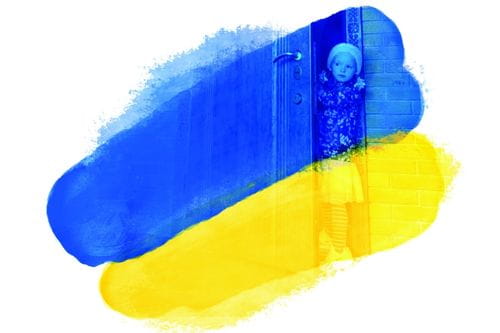John F. Kennedy International Airport, New York City, November 1993:
A slight woman in a long maroon coat descends a bustling stairway and walks down a long terminal hallway. The lighting grows dim; she can no longer read what’s printed on her ticket. She wonders if she is in the right place. She turns to ask but can find no one in this hallway who speaks English—all she hears around her is Russian and Ukrainian. This makes sense, since she’s on her way to Ukraine. Her mission? To help a small team of invested Ukrainian educators and administrators set up a model Montessori school and teacher training center in Kyiv in the very recent wake of the Soviet Union’s downfall.
The opinions expressed in Montessori Life are those of the authors and do not necessarily represent the position of AMS.
On this page


